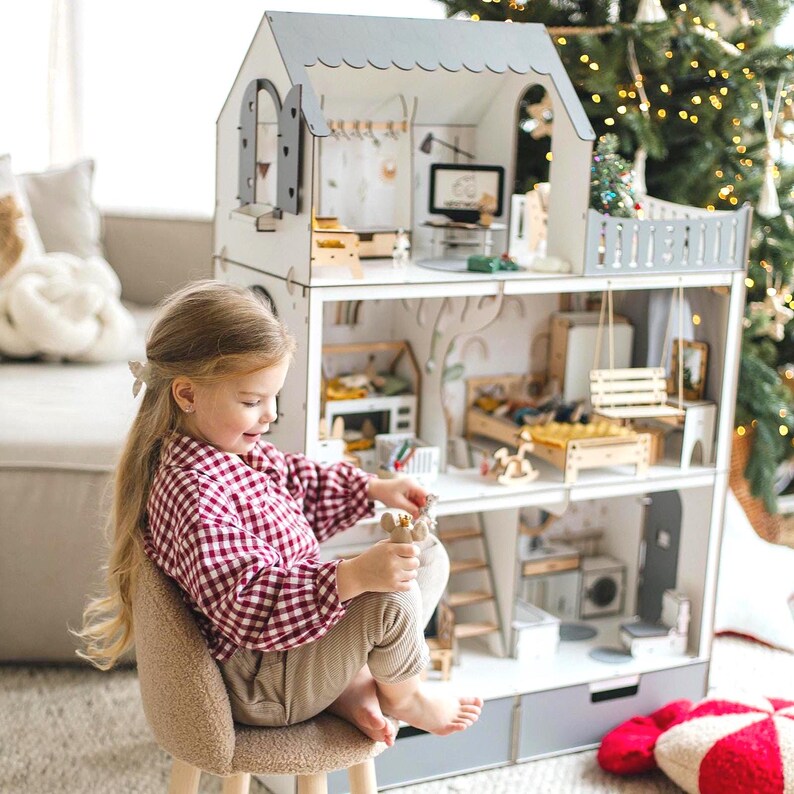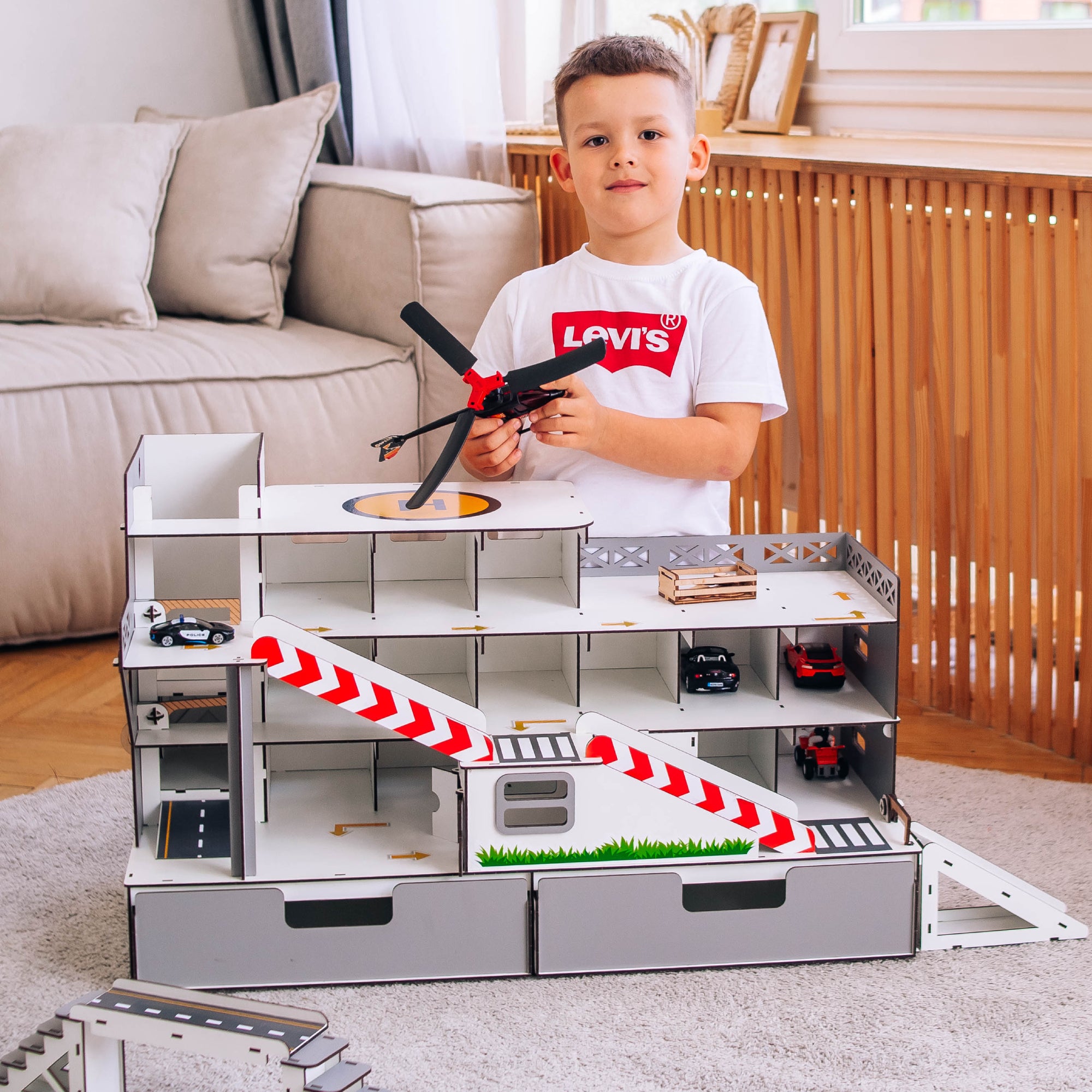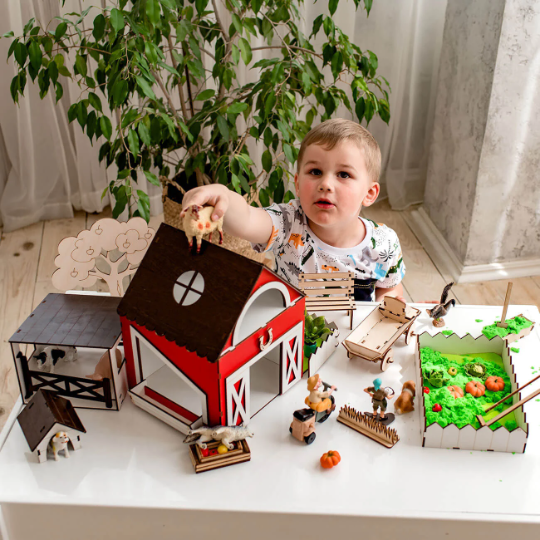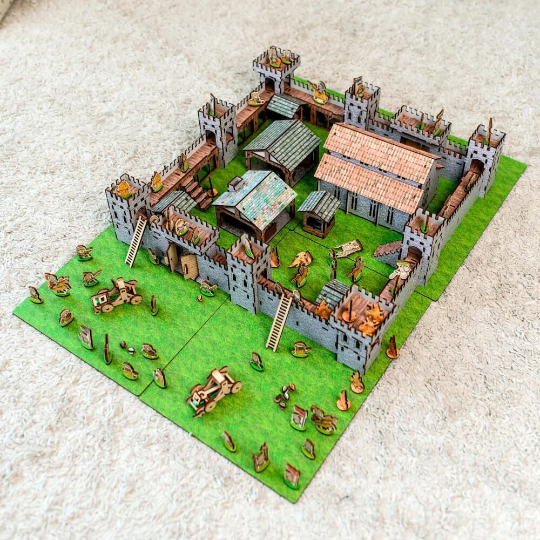Fine Motor Skills Matter: Why Thoughtfully Designed Toys Make All the Difference
When your child is between the ages of 3 and 6, there’s more happening during playtime than meets the eye. Every time they pick up a small object, fit pieces together, or arrange tiny furniture in a dollhouse, they’re developing fine motor skills—one of the most essential foundations for independence, writing, self-care, and cognitive growth.
As a parent, especially if you’re navigating the busy life of a modern mom, you want toys that aren’t just entertaining but purposeful. This is where smart toys designed with development in mind come in.
What Are Fine Motor Skills and Why Do They Matter?
Fine motor skills involve the small muscles in the hands, wrists, and fingers. They’re necessary for:
-
Holding a pencil or crayon
-
Buttoning a shirt or tying shoelaces
-
Using scissors, utensils, or tools
-
Controlling movements for writing or drawing
The earlier these skills are nurtured through natural play, the easier everyday tasks become later in school and life.
How Toys Can Help
Well-designed wooden toys for kids—like the ones we create at NestWood—invite your child to:
-
Grasp, pinch, twist, and turn
-
Stack and sort furniture
-
Assemble DIY toy furniture kits
-
Create and move characters within a dollhouse environment
This type of play enhances coordination, concentration, and control—without screens, pressure, or structured lessons.
Why Choose Wooden Over Plastic?
Our wooden dollhouses, doll furniture sets, swings, and mini sofas aren’t just beautiful. They provide natural textures that are easier for little hands to grip, helping strengthen fingers through tactile feedback. They’re also eco-friendly, non-toxic, and Montessori-aligned, making them a safer and smarter choice for long-term development.
Choosing toys for fine motor skills doesn’t have to mean sacrificing joy for function. With the right materials and open-ended designs, you can give your child both.





